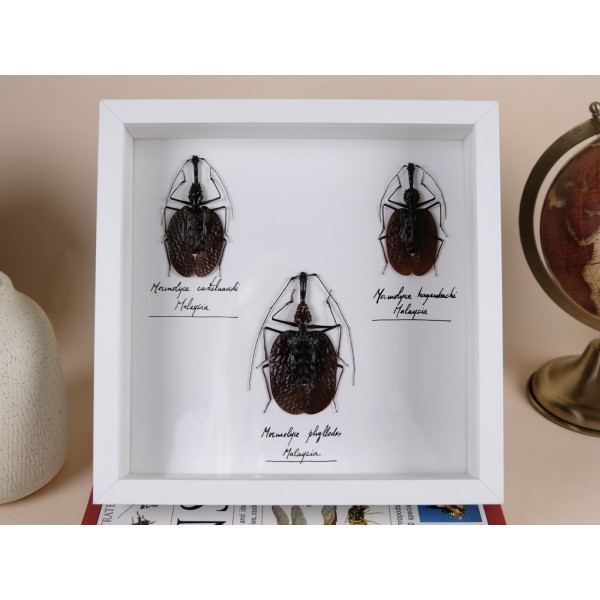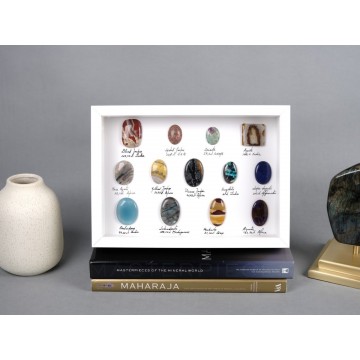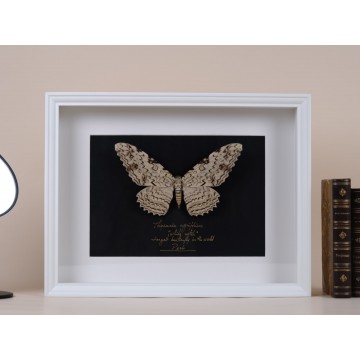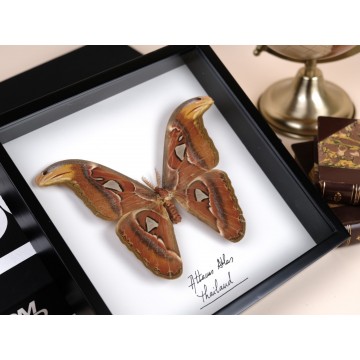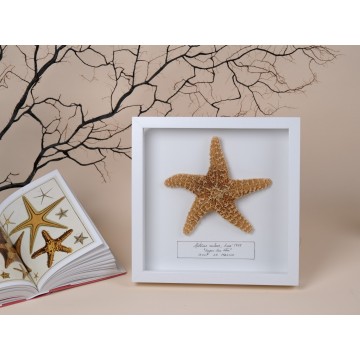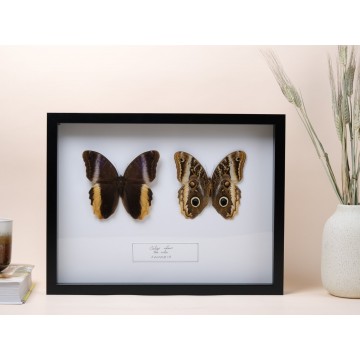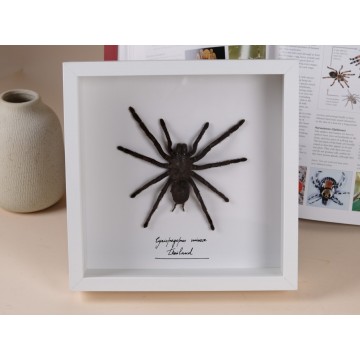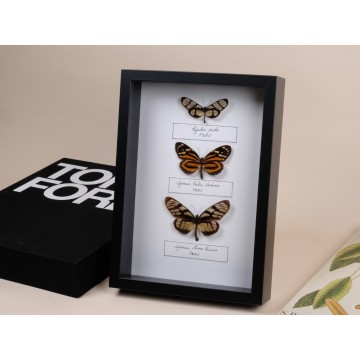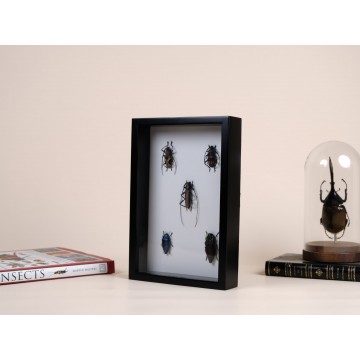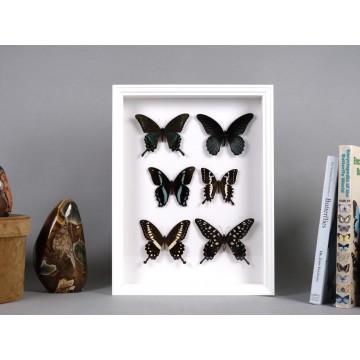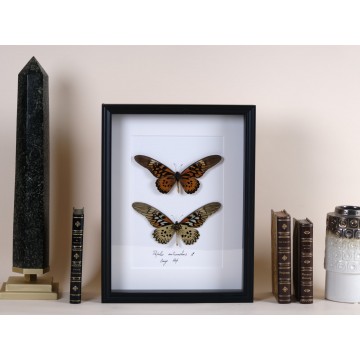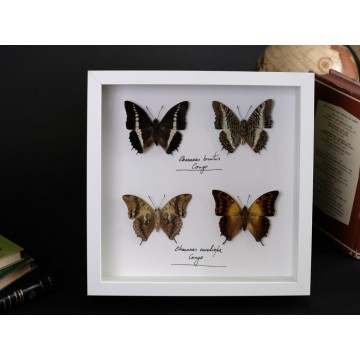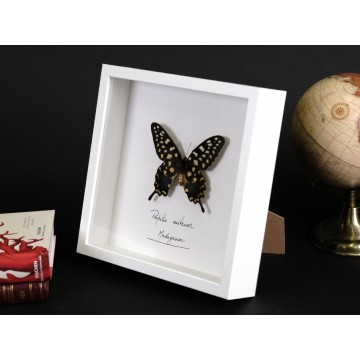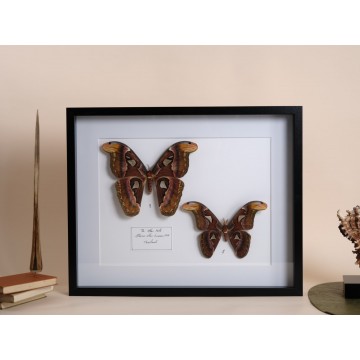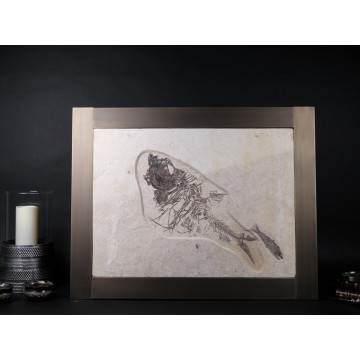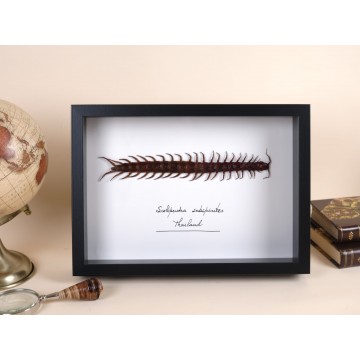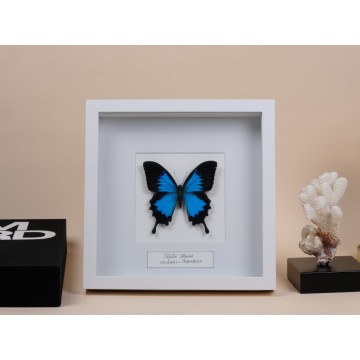Polished ornamental stones frame
A group of beautifully cutted and polished stones in a white wood glass frame, featuring one of each :
Oval cabuchon of Blood Jasper from India with 120,33 ct.
Oval cabuchon od Spotted Jasper from USA with 30,8 ct.
Oval cabuchon of Zoisite from Kenya with 29,3 ct.
Square cabuchon of Agate from India with 106,9 ct.
Oval cabuchon of Moss Agate from Africa with 58,4 ct.
Oval cabuchon of Yellow Jasper from Africa with 50,75 ct.
Oval cabuchon of picasso Jasper from Africa with 70,95 ct.
Oval cabuchon of Sugilite from India with 60 ct.
Oval cabuchon of Lapis Lazuli from Afghanistan with 102 ct.
Oval cabuchon of Chalcedony from India with 74,25 ct.
Oval cabuchon of Labradorite from Madagascar with 108,25 ct.
Oval cabuchon of Mokaite Jasper from India with 80,35 ct
Oval cabuchon of Azurite from Africa with 51,35 ct.
One of a kind piece.

